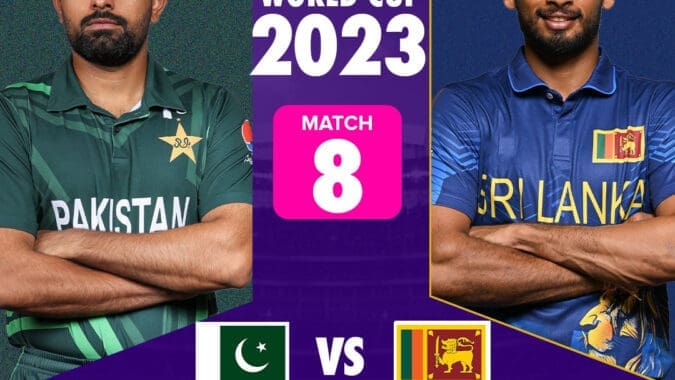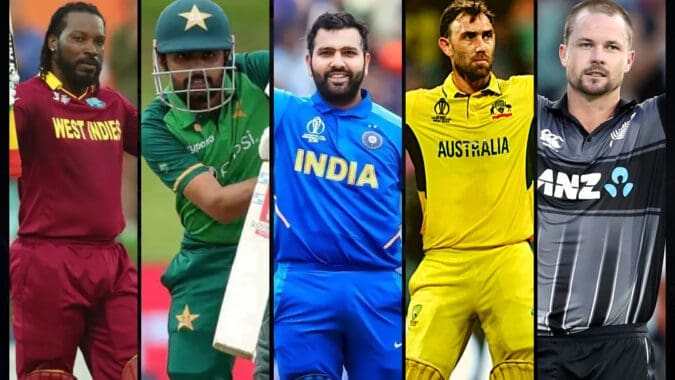FICA Reporting Suggest Bright and Positive Future of the Women’s Game – The recent FICA (Federation of International Cricketers’ Associations) report on the state of women’s professional cricket worldwide has revealed a promising outlook for female cricketers, with a 75% increase in opportunities to earn a living through international cricket since 2020.
The report, which is the third of its kind, found that there are now 207 central contracts available to female players across 11 different national sides.
The report also forecasts a 30% rise in T20 league contracts by 2023, thanks in part to the launch of new leagues such as the Women’s Premier League and Women’s PSL, as well as a second FairBreak event.
The increase in competitive structures and professional employment opportunities is seen as a step in the right direction, but the report highlights the ongoing gap between the “haves and have-nots” of the game.
Countries such as Australia, England, and India, Bangladesh, Ireland, New Zealand, South Africa, and West Indies were praised for their progress in the women’s cricket structures.
On the other hand, countries like Pakistan, Scotland, Sri Lanka, Zimbabwe, and the Netherlands were identified as struggling to keep pace with the rest.
FICA Reporting Suggest Bright and Positive Future of the Women’s Game – A Lot Has Changed
The report also sheds light on the situation in Afghanistan, which has never fielded a women’s cricket team and currently has no contracted players. The recent Taliban takeover of the country has brought women’s sport to a halt and is a major concern for the International Cricket Council (ICC).
FICA has called on the ICC to include its human rights responsibilities in its governance and regulatory frameworks, in order to align with the best practices in global sport.
Scheduling conflicts are also a concern for FICA, which has called on the ICC to formally mandate league windows in the women’s game in order to avoid overlapping fixtures.
Although the overall number of international women’s fixtures has declined from 350 in 2019 to 216 in 2021, there has been significant overlap between leagues and bilateral cricket.
In response to these findings, the ICC CEO, Geoff Allardice, has expressed his hope that the introduction of a women’s Future Tours Programme will help to mitigate the club versus country debate that has plagued the men’s game.
Additionally, the report indicates that listening to the players is crucial, as 41% of women’s cricketers do not feel that they have a clear say in the issues affecting the game. A total of 44% of players reported experiencing discrimination, with the majority believing it was based on gender.

FICA Reporting Suggest Bright and Positive Future of the Women’s Game – A Lot Has Changed
The future of women’s cricket also rests on the support of the International Cricket Council (ICC). The ICC CEO, Geoff Allardice, has shown his support by introducing a women’s Future Tours Programme, which aims to avoid the scheduling conflicts seen in the men’s game.
FICA has also called on the ICC to formally mandate league windows in the women’s game, which will help in avoiding club vs. country discussions that are growing in the men’s game.
Listening to the players is crucial in the growth of women’s cricket. A survey of over 150 women’s cricketers revealed that nearly three-quarters (73%) of them are in favor of ring-fencing time for both international and league cricket.
The same survey also showed that 41% of players do not think “women cricketers in their country have a clear say on issues within the game”. It is imperative that their voices are heard and their opinions taken into account for the growth of the game.
In conclusion, the future of women’s cricket looks bright with the growth in competitive structures, professional employment opportunities, and the support from the ICC.
It is crucial that the barriers to the formation of players’ associations in some countries are addressed, and more funding is provided to women’s cricket. With the right support and opportunities, the sky is the limit for women’s cricket and its players.














